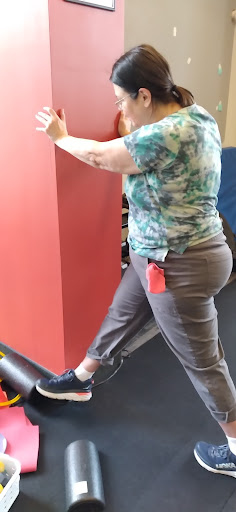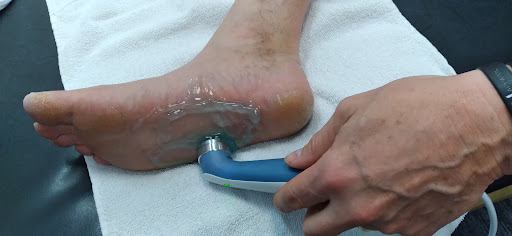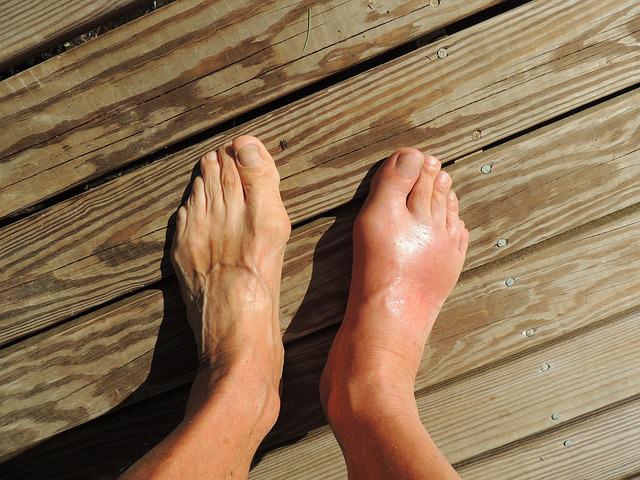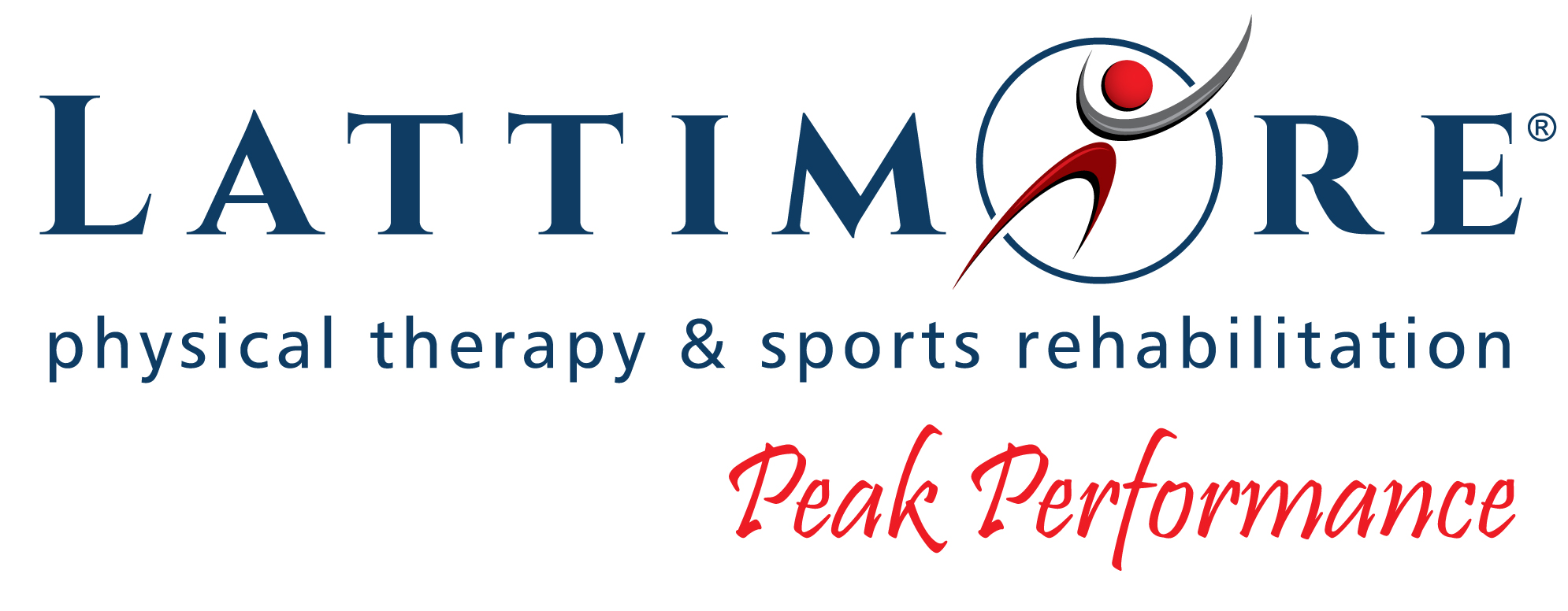The Peak Performance team are experts at foot-ankle physical therapy. Our extensive biomechanical training in Applied Functional Science © at the Gray Institute is critical in helping us understand and assess foot-ankle function so we can help those suffering from pain and limited function. The foot is the first body part to get loaded with weight-bearing forces (ground reaction forces), so the 28 bones, 33 joints, 112 ligaments, and 34 different muscles must be working correctly.
The ankle is made up of the lower leg(tibia) and top of the foot (talus) and includes the lower ankle joint (subtalar), where the talus meets the heel bone (calcaneus). The rest of the foot is divided into midfoot and forefoot regions. There are essential and intricate functions in each area for the body above to function normally and without pain.
Forces from the body’s weight into the ground must be absorbed well. Then the foot-ankle has a crucial role in becoming more rigid so that push-off and direction changes can occur properly. The upper ankle is mainly responsible for bending motions (dorsiflexion) as in a squat, climbing a hill, or descending stairs. It also points down (plantarflexion), as in a dancer going up into a pointe position or pushing off to walk, run, or jump. The lower ankle and midfoot/forefoot play more of a role in the side-side and turning abilities of the foot.
Acute injuries can happen – sudden moments where you know something just went wrong. Those tend to be injuries to the ligaments (“sprains”), to the bones (fractures), or the muscle-tendon (strains) around the foot-ankle.

More chronic type pains often result from micro stresses over time or overuse injuries… more minor overloads are usually less perceptible or imperceptible, causing “wear and tear” type damage and injury. Those are often things like arthritis, tendonitis, bursitis, or plantar fasciitis.
No matter what the injury, foot-ankle problems can put a big dent in your comfort levels and your ability to live the life you want. It can mean not being able to work or play sports, not working out, or even being unable to do simple daily activities like walking or climbing stairs, or twisting to reach for something. It can produce a real fear of an inevitable feeling that injury or pain could get worse for some.
If you’re spending more than just a few days or a week with some soreness or limitations that aren’t going away, it makes sense to get your problem addressed. It almost always takes less time to recover, less effort, and fewer costs when you get treatments you need sooner than later!
You can read more about common foot-ankle injuries below. Whether this sounds like something you may have going on or your details seem a bit different, the team of orthopedic and sports PT experts at Peak Performance are ready to help you get back to being comfortable, capable, and confident again!

Common Types of Foot-Ankle Injuries
Achilles tendonitis. Tendons attach muscles to bones. The Achilles tendon is the sizable cord-like structure behind your ankle. It connects the calf muscles to your heel bone/foot. While it’s often thought of as a “push-off” muscle, it has a crucial function in our body’s deceleration or shock absorption ability as well…whether that’s from cutting/changing direction, landing a jump, or even movements like walking uphill or downstairs.
Pain is usually noticed in that “cord” and is usually tender to the touch. Sometimes the sheath around the tendon becomes painful, and there may be cracking or crackling (crepitus) noted when you move your foot. Recovering from and preventing future Achilles injuries rarely is as simple as doing “calf stretches,” — which are often done incorrectly and, when done wrong, can contribute to abnormal stress patterns.
As always, it’s vital to do a thorough evaluation to determine the cause of the tendonitis. Once many weeks have passed, the condition transitions into more of a degenerative condition of “wear and tear” of the tissue, weakening the tendon over time if unaddressed, leading to a more prolonged and usually more costly recovery.
Sprains. Ankle sprains usually occur on the ankle’s outside (lateral) ligaments. Ligaments connect bones and create stability of a joint. The most commonly injured ankle ligaments are the Anterior Talofibular (ATFL) and the Calcaneofibular (CFL) and occur from a “rolling” of the ankle outwards over the side of the foot. Sometimes a “pop” can be heard, and there is usually immediate pain and swelling, along with difficulty bearing weight and moving the foot-ankle.
These injuries can be troublesome for several reasons. They’re often neglected and viewed as “just a sprain” when, in fact, they can include minor fractures of the ankle bones or the 5th metatarsal (long foot bone of 5th toe). They also tend to recur if not treated properly or a return to sports happens prematurely, leading to ankle instability where sprains recur more easily. This sometimes leads to the need for surgery to reconstruct the ligaments. The good news is that getting proper expert therapy early can lead to faster recovery and reduce the risk of future re-injury.
Plantar fasciitis. The arch of the foot is critical to the normal foot-ankle function. It allows the body to absorb shock and is necessary to forcefully push off as we propel our body in walking, running, jumping, and change of direction movements. The plantar fascia is a band of connective tissue that supports and helps create the “arch” of our foot. Most often, it’s injured by gradual overuse with impact-type activities but can even be from prolonged standing or walking.
The pain typically is worse getting out of bed in the morning or after sitting for an extended time, and it’s often painful underneath the heel bone and the foot’s arch. Often we see the mistake made of a “one-size-fits-all” approach used to treat these, focusing on stretching out or lengthening the plantar fascia to reduce symptoms. A closer look at biomechanics will reveal that there are, at least at the extremes, two-foot types most often afflicted with plantar fasciitis, or more recently termed fasciosis (less so an “inflammatory” condition mainly or alone).
A very high arched foot while standing usually means the plantar fascia is shortened and tight – we find this type to benefit long term from stretching out the plantar fascia and helping the foot bones and rest of the leg be better at shock absorption. The low arched foot is more common. In this case, the arch is lengthened and flattened out, or, in other words, already stretched. While stretching this out can temporarily reduce symptoms, it doesn’t make sense to stretch out further an already long tissue that is hurting because life’s activities are stretching it.
In these cases, we often find improving dynamic stability, support with over-the-counter or sometimes custom orthotics, and identifying causes for the excess arch collapse are essential to address. Your first step in proper plantar fascia treatment is having an expert PT evaluate you biomechanically so that your treatment can be customized. Then the right manual therapy, exercises, taping, and possibly Class IV laser can be used to help get you back on your feet again, comfortably doing what you love.

How We Can Care for Your Foot and Ankle Pain
Our Peak Performance foot and ankle care program starts with understanding the anatomy and biomechanics of the foot-ankle itself but very importantly also includes assessing your knee’s “next-door neighbors,” the leg-knee above and the big toe below (and even the trunk and your other leg!).
Our functional biomechanics training from the Gray Institute allows us to test for critical contributing factors that may have caused your foot-ankle or become overstressed by compensating for shortcomings elsewhere. Too often, patients and even health care professionals have a “you’re a bad ankle” sort of mindset. That results in focusing too exclusively on the foot-ankle or ignoring or mistaking which other areas need help.
One of the critical areas we often find as an underlying factor is your foot’s architecture or structure. The shape and design of the bones contribute to the demands placed on that foot, and knowing how that affects forces and demands on the system is integral to discovering what went wrong and how to fix it. When we look “up the chain,” we often see shortcomings at the knee and hip, and even the opposite lower extremity, as sources for the increased demand on the foot-ankle. Remember, it’s critical to find and treat the causes and not just the symptoms. Otherwise, your pains are likely to recur!
Peak Performance Can Help You Manage Foot and Ankle Pain
At Peak Performance, our expert therapists are driven by a passion for helping people resolve their pain and restore their function. Getting you back to what you love doing is what motivates us. That’s fueled by our extensive training in Applied Functional Science © that helps us identify shortcomings in other areas (often missed or neglected by traditional therapy) that may have contributed to your problem or could cause a slow recovery. We’d be honored to help you get back to being you again! Call us today to get a foot-ankle evaluation and begin your road to recovery.










